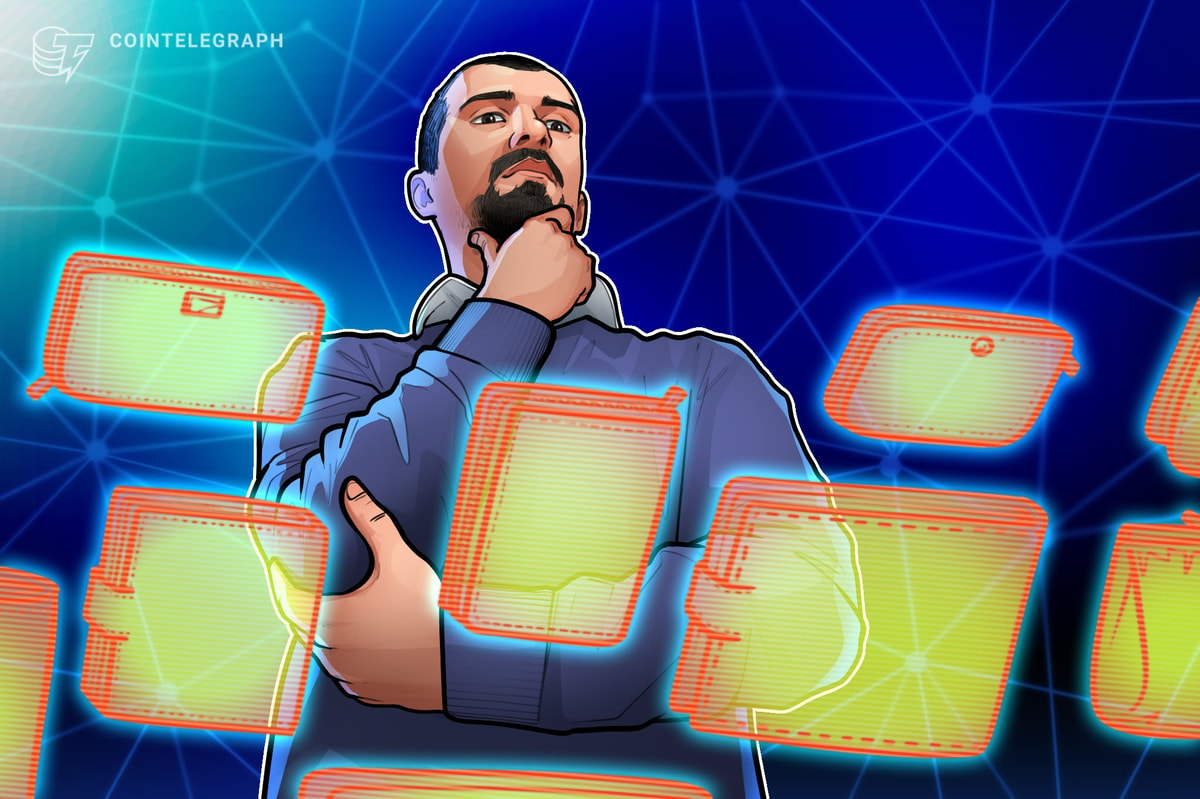Highlights:
- The Bitcoin layer-2 network Merlin Chain nears $700 million in TVL after a 4000% MoM growth. Merlin Swap DEX and the yield-generator SolvProtocol are among the biggest growth drivers.
- Ethereum layer-2 network Base has doubled its TVL in less than a month, reaching $2.13 billion. The success of memecoin launches on the network has partly fueled this.
- The cryptocurrency industry saw a 23% decline in losses due to hacking and scams in the first quarter of 2024 compared to 2023, according to a research report by blockchain security firm Immunefi, which was released on March 28.
Forecast
If capital rotation from BTC remains subdued, the DeFi sector’s growth will likely hinge on fresh ideas like BTCFi and restaking. These concepts are poised to become pivotal growth drivers that can attract capital to the evolving DeFi landscape.
Sentiment
The launch of EigenLayer on the Ethereum mainnet has the potential to reshape the DeFi sector by providing a new source of yield for investors. As one of the first restaking protocols, it also has the potential to grow the Ethereum ecosystem by giving developers affordable access to validation infrastructure.
Analysis
EigenLayer has quickly become the second-largest DeFi protocol. Within just two months of enabling restaking on February 5th, its Total Locked Value (TLV) surged from $2.156 billion to $13.6 billion on April 9th, 2024, the day of its launch on the Ethereum mainnet.

Supported by $150 million in funding, EigenLayer brings a fresh source of revenue to Ethereum’s consensus mechanism. It is a so-called restaking protocol that establishes a marketplace for Ethereum validators to undertake additional validation tasks for other blockchains. Developers building such blockchain protocols, commonly known as Actively Validated Services (AVS), need a large set of independently operated validators to create trust in their ecosystem.
By using the already existing Ethereum validators, developers can ensure decentralization. Typically, developers would need to seek significant capital and validator infrastructure to support their AVS. EigenLayer simplifies this by offering existing Ethereum validators access to a marketplace of AVS that they can opt-in to validate alongside their current Ethereum Network responsibilities for additional rewards.
To this end, natively staked Ether or liquid staked Ether can be restaked into the validators on EigenLayer, by directly delegating tokens or indirectly doing so through restaking protocols. Restaking enables tokenholders to earn dual rewards: one from securing the Ethereum Network and a second from securing the AVS network. AVS developers offer attractive rewards to entice validators as restakers are subject to two slashing mechanisms.
Liquid restaking is poised to reshape the DeFi market share as capital is redistributed from staking protocols into restaking protocols. Liquid staking protocols have led the DeFi sector with a TLV of $45.47 billion, representing 33.5% of all Ether staked.

However, as liquid restaking has emerged, the amount of Ether staked in liquid staking has decreased. In the past month, the amount of Ether staked in Lido has decreased by 418,1432 ETH, while Ether.Fi has increased by 405,017 ETH (Figure 3). With a TLV of $9.27 billion, restaking shows significant potential for growth.

Additional report by Keira N.










